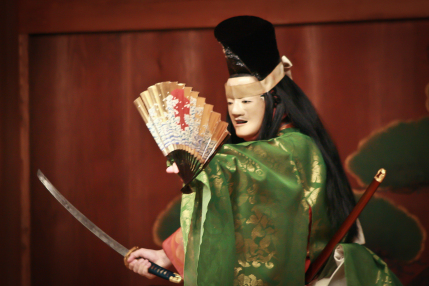With a history of nearly 1,000 years, Noh theater is simply a form of classical Japanese theater performance art, combining dance, drama, music and poetry with content related to events from ancient Japanese legends to modern events today. Actors use masks to hide the face and age of the main actor. Depending on the actor's gaze, the mask can appear to be laughing or crying, so one of the pleasures of enjoying Noh is to see what emotions the actors will express depending on the context.
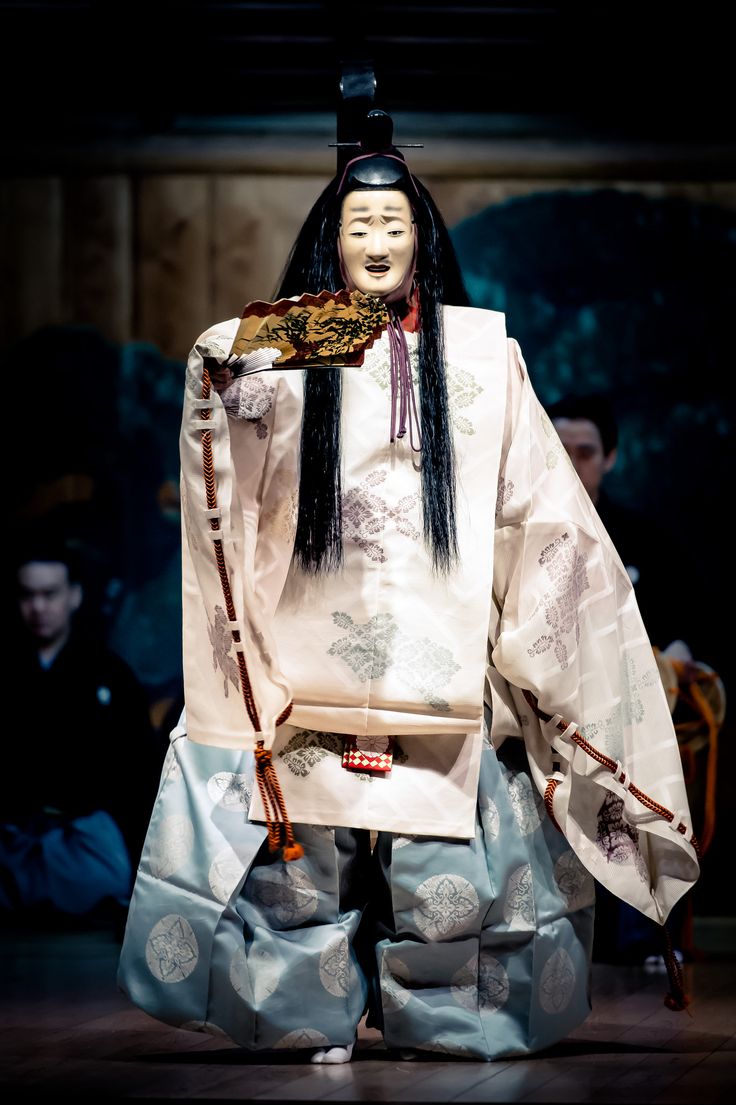
Noh plays are performed by professional artists, trained in families with generations of connections to the art form, widely spread in cities such as Tokyo, Osaka and Kyoto.
'People try to hide their emotions'
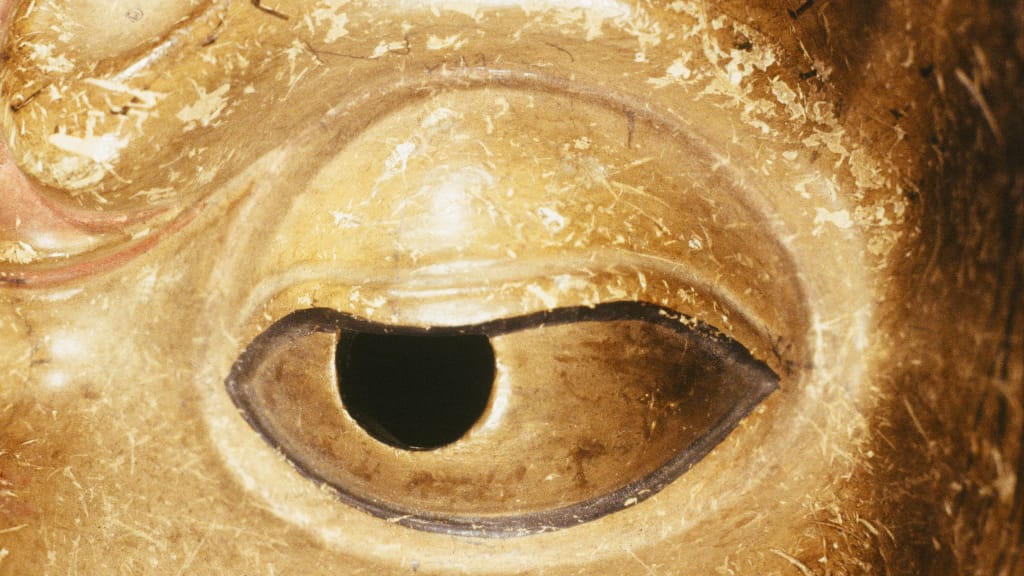
Eighty-year-old Toshiro Morita has been photographing theaters and masked stages since 1964. Coming from a family of photographers, he has published more than 20 books on Noh and Kabuki dance traditions.
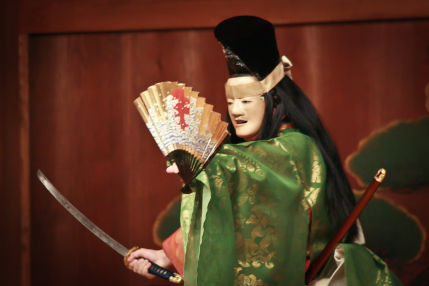
In his small suburban apartment, he keeps hundreds of negatives from the past five decades. Most were taken with film cameras, using only natural light. He photographs Noh masks against a simple black background. The slightest change in perspective and lighting can give the mask a whole new emotion.
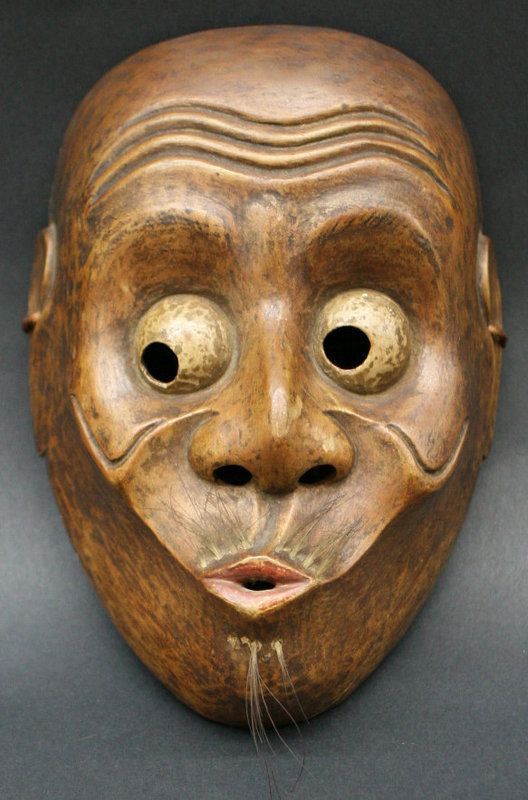
He doesn’t like using a tripod. By holding the camera himself, he can easily adjust the angle and adjust the mood and emotion of his photos. “People hide their emotions, but the mask doesn’t tell you anything, so I describe what I want to express,” Morita said.
As the third generation of his family to become a photographer, Morita grew up surrounded by art, inspired by his father and grandfather’s images from Japanese theater. After experimenting with surrealist oil painting, he decided to continue the family tradition after graduating from art college.

Historically, mask making was not a true profession. Performers would ask carpenters to customize the features of the mask. According to Morita, it was important for the carpenter to have a feeling for the wood they were adapting. However, that craft has changed in recent years. That is why there are many variations of old masks. Modern mask designs are not unique, they are just copies of what is historically true.
The importance of masks
Noh was very popular during the Zeami period and until the Edo period (1603-1868), when Noh became an official performing art of the military government. In the years 1868-1912, Noh went into decline, with only a few amateur performances being performed. Today, Noh is no longer as popular as it once was. But like many other traditional performing arts, Noh is struggling to attract a renewed interest from modern audiences.
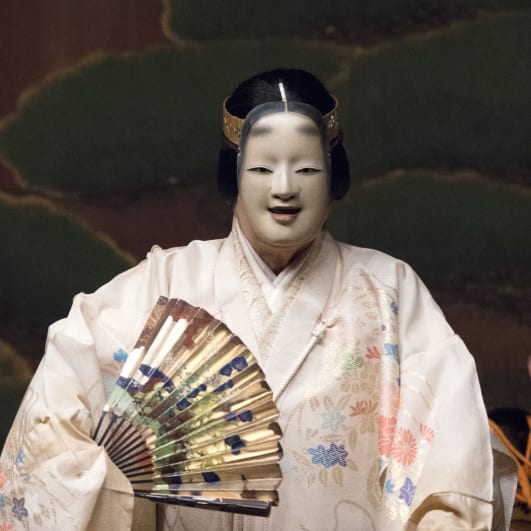
In 2001, Noh drama was named a “Masterpiece of the Oral and Intangible Heritage of Humanity” by UNESCO.
Michishige Udaka, who founded the International Noh Institute in 1986, is also a Noh actor and mask carver. “I come from a family with a long history of Noh theater. I feel honored to be part of this family and I will do my best to continue the ancestral tradition.”
Michishige, who made his first stage appearance at the age of six, has a deep understanding of this form of theater. He knows how to make subtle movements to communicate with the audience. For example, tilting the face up and to the right in the spotlight makes the face look like a smile. But lowering the face just a little can express sadness or a frown, or even a shy expression.
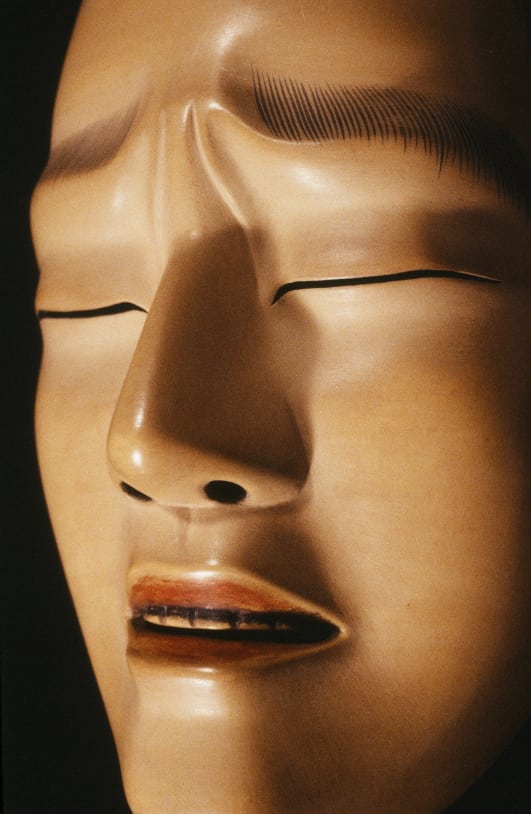
In Noh plays, masks are the faces of actors. They are not just stage props, but also the faces of human life. Michishige thinks that the work that photographer Morita does is very special. “I think he sees the middle ground between the real world and the world of emotions,” Michishige said.
Ngoc Anh (According to CNNStyle)





